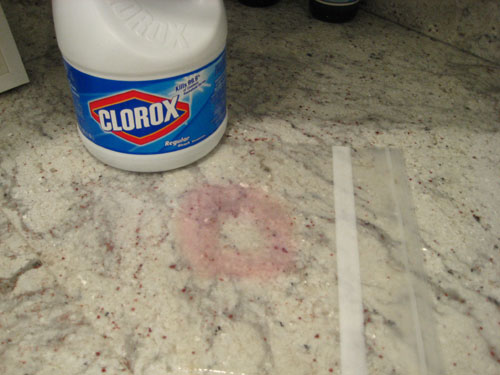
BROWN DIRT LIKE PARTICLES WHEN I WIPE SKIN
The insect bites into the skin and sucks blood. Their strong grasping claws allow them to move through clothing and against the skin.īody lice feed often and at any time of day or night and typically choose a site where the skin is soft, creased and close to clothing such as the armpit or waistline. Mature lice survive by feeding on human blood and live exclusively inside clothing. Without a constant source of blood a louse will die within two to five days. The female body louse lives for around four weeks and lays approximately eight eggs per day.

Seven days after hatching the egg matures into an adult louse. If the infested item of clothing is removed at night and the eggs are deprived of continuous warmth, it will take longer for the eggs to hatch. The eggs take five to 14 days to hatch, depending on the availability of the host’s body heat. A gluey secretion anchors each egg to clothing fibres, or sometimes to body hairs. Lice lay their eggs in the seams of any clothing worn next to the skin, such as underwear. Body louse eggs (nits) are small, white and oval-shaped. They are greyish or brown in colour and range in size from 2mm to 5mm. What are body lice?īody lice are flat wingless insects with six legs, each ending in a claw. However, scratching the itch caused by louse saliva can cause secondary bacterial infection of the skin.īody lice are different to head lice (that infest the scalp) or pubic lice (that infest the pubic hair). In Australia, body lice are not responsible for the spread of any infectious disease-causing organisms, and are uncommon. In overcrowded, unhygienic conditions where there is no opportunity to wash and launder clothing on a regular basis body lice can be responsible for the spread of epidemic infections such as epidemic typhus. Body lice can spread from person to person and are normally associated with crowded and unhygienic living conditions, particularly in conditions of social upheaval such as natural disasters or wartime. Body lice (Pediculus humanus corporis) are small blood-sucking insects that live on the body of infested humans and in their clothing or bedding, particularly the seams.


 0 kommentar(er)
0 kommentar(er)
